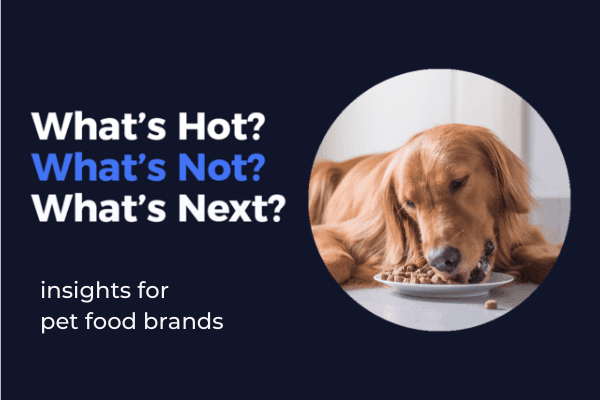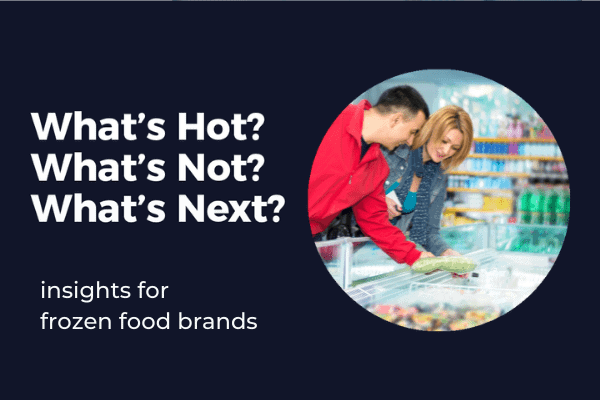
“Without big data, you are blind and deaf and in the middle of a freeway,” says Geoffrey Moore in The Business Book.
That is true. But the greater truth is in the way the data is accessed and the ability to extract context from the big data to make it actionable. Otherwise, you may as well still be standing in the middle of the freeway, not knowing which way to go.
We are at the start of a new year and a new decade. And of course, that means business leaders are looking to make predictions, build business strategies, and decide on where to take their companies. Where should they invest and divest? What is the competition doing? What do consumers want?
These are decisions that chief data officers, chief information officers, R&D, innovation leaders, and market insights analysts make every single day to help address their growth planning needs. How they do this is changing rapidly.
Emerging advanced analytics platforms like Skai are designed to reach deep, linking thousands of external data sources such as social media posts, product listings, product reviews, patent filings, key opinion leaders’ posts, research papers, business news, conference programs, clinical trial results, point-of-sale data, demographic data, blogs, forums, and other sources. Applying patented natural language processing (NLP) techniques and advanced taxonomies yields hidden consumer sentiments, pricing trends, hype cycles, advancements in research, and more
Uncovering trends and predictive insights give leading organizations an edge, a potential first-mover advantage in a crowded, competitive space, and the confidence to make decisions. They do so knowing they considered all available and relevant data, as opposed to relying on static, outdated methods based on single sources of data, data types, or manual searches.
Top 3 Trends in the Food and Beverage Industry
Skai customers use the platform to make targeted product decisions, and each configures the platform to meet their own needs. But with nearly 70 data scientists, analysts, and subject matter experts, there are many data geeks inside our company who also like to make predictions. Here are some of the more interesting ones that they uncovered:
Allergen-free products will spread widely into other sectors beyond food.
The growing awareness of severe allergies is driving demand across categories for allergen-free products. Food categories have already seen strong growth of “allergy aware” features such as peanut free, lactose/dairy, gluten-free, etc. These features also serve as main claims for small “All-Natural” and “Clean Label” brands.
However, we predict that this trend will transcend food categories and make their way into fabric care and even pet food, where owners have become aware of their pet’s sensitivities. For example, hypoallergenic is a feature that is increasingly paired with popular claims in the CPG industry, such as vegan and all-natural ingredients.

CBD is here to stay.
CBD continues to be a ‘hot’ topic among consumers, appearing across all food categories. The 2018 Farm Bill in the United States, which legalized the farming of hemp, has increased the presence of CBD across categories, but consumer demand for CBD in food and drink stands out above the rest.

Natural pain relief will emerge as an alternative to opioids.
With the growing understanding of opioids’ adverse side effects and addictive nature, consumers’ interest in natural pain relief is rapidly growing. Analyzing consumer discussions over time, posts related to ‘pain’ within vitamins, minerals, and supplements forums have tripled in the last two years.

————————————–
*This blog post originally appeared on Signals-Analytics.com. Kenshoo acquired Signals-Analytics in December 2020. Read the press release.





